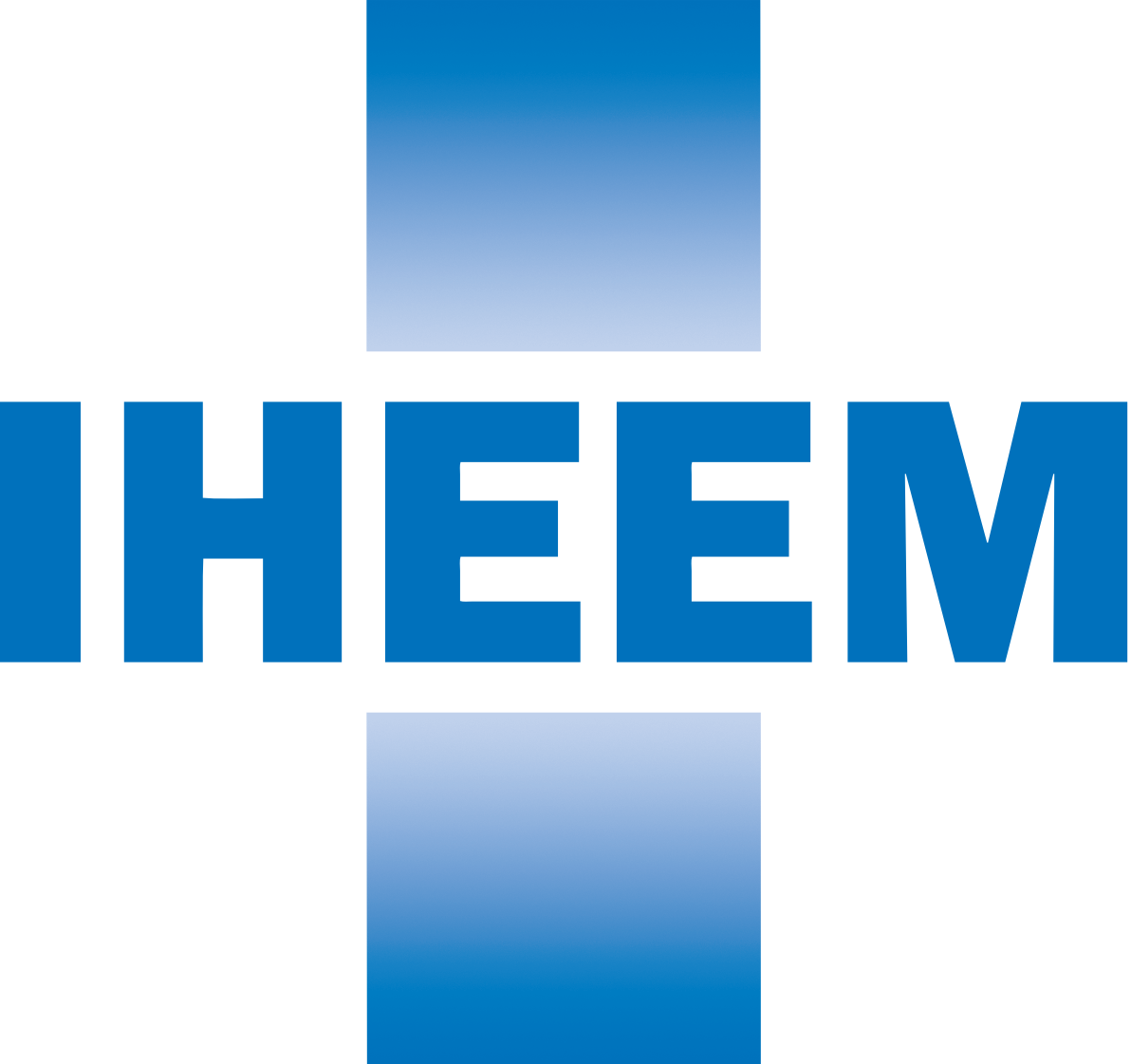The organisations contributing their expertise are:
- Arup.
- Currie & Brown.
- Introba.
- Sisk.
- Laing O’Rourke.
- Perkins&Will.
- P + HS Architects.
All seven companies participated in the inaugural Silent Pandemic workshop in London in March, which brought together infection prevention specialists and design and construction professionals to examine how hospitals can be designed, built, and maintained, to reduce infection risks.
The workshop’s outcomes were captured in the initial Silent Pandemic report – which defined the scale of the problem, highlighted the key challenges, and identified priority areas for practical action. This in turn directly led to the creation of the Built Environment and Infection Prevention Initiative (BEIPI), HIS’s dedicated group to drive collaboration between the infection prevention and built environment sectors. The next whitepaper will build on these foundations, ‘investigating deeper why the challenges continue to occur, and how collaborative working across industries is necessary to tackle them’.
The HIS says HCAIs remain ‘one of the most persistent and costly challenges’ facing global healthcare systems, and are a major driver of AMR, which the World Health Organization (WHO) has declared as one of the top global public health threats.
“Antimicrobial resistance is already undermining our ability to treat common infections and carry out routine procedures safely,” said Manjula Meda, Chair of HIS. “Through BEIPI, we’re bringing infection prevention experts and the construction sector together to ensure that the healthcare spaces we build today are fit to protect patients, staff and communities tomorrow.”
The new whitepaper will be launched at IHEEM’s Healthcare Estates Conference in Manchester this October.
Edith Blennerhassett, director, Arup, said: “Tackling antimicrobial resistance in healthcare settings requires a combination of well-designed services, systems, and facilities, that can be easily operated and maintained, an excellent cleaning and disinfection regime, attention to gowning / PPE by clinical teams, and a focus on hygiene more generally by all hospital users. This is why we are supporting HIS in the creation of the Built Environment and Infection Prevention Initiative, as it brings together all stakeholders in support of solving this critical challenge for safe healthcare delivery.”
John Bodley-Scott, Senior Design manager at Sisk, added: “After participating in the Silent Pandemic Workshop in March, 2025 Sisk is delighted to join the steering committee for the Healthcare Infection Society. We look forward to collaborating with other designers and contractors, and to sharing our extensive healthcare experience to help prevent healthcare-associated infections in the built environment by improving the quality of planning, design, construction, and maintenance, of healthcare buildings.”
James Gordon, Associate director, P+HS Architects, said: “At P+HS Architects, we believe that thoughtful, evidence-based design has a vital role to play in protecting patients and staff. By working closely with infection prevention specialists, we can create healthcare environments that are not only functional and welcoming, but also actively reduce the risk of infection. We’re proud to contribute to the Built Environment and Infection Prevention Initiative, and to collaborate with partners across the sector to address the urgent challenge of antimicrobial resistance.”
